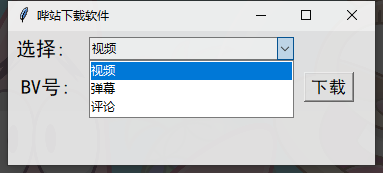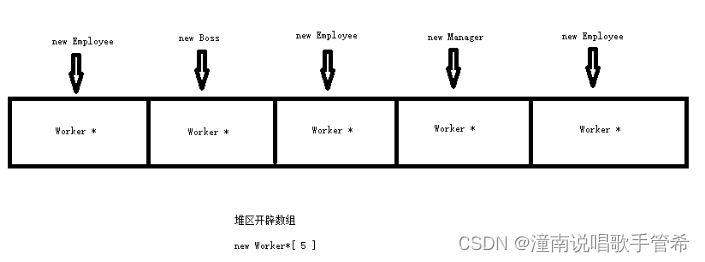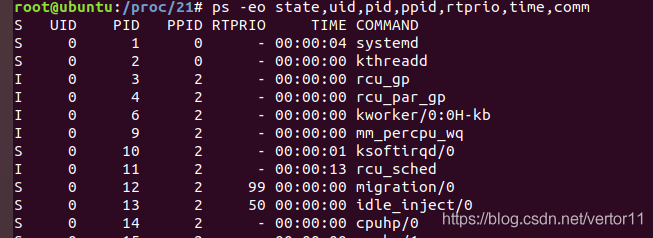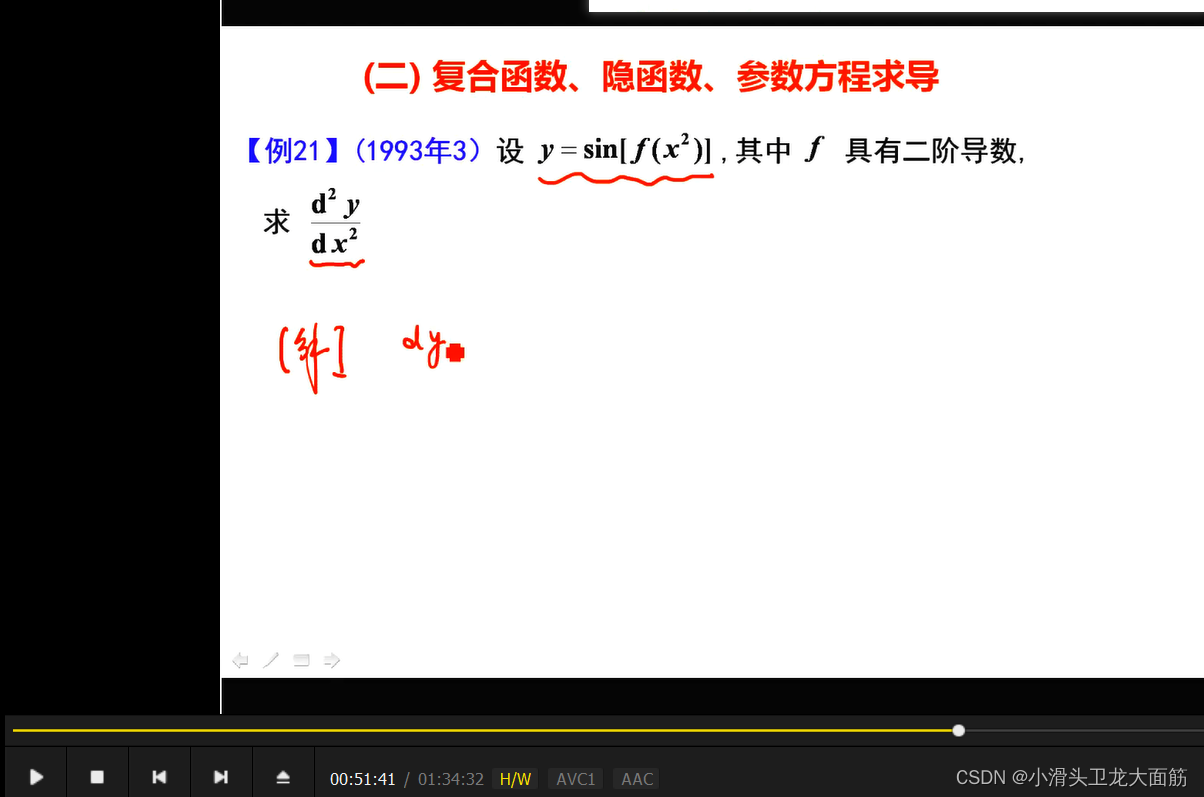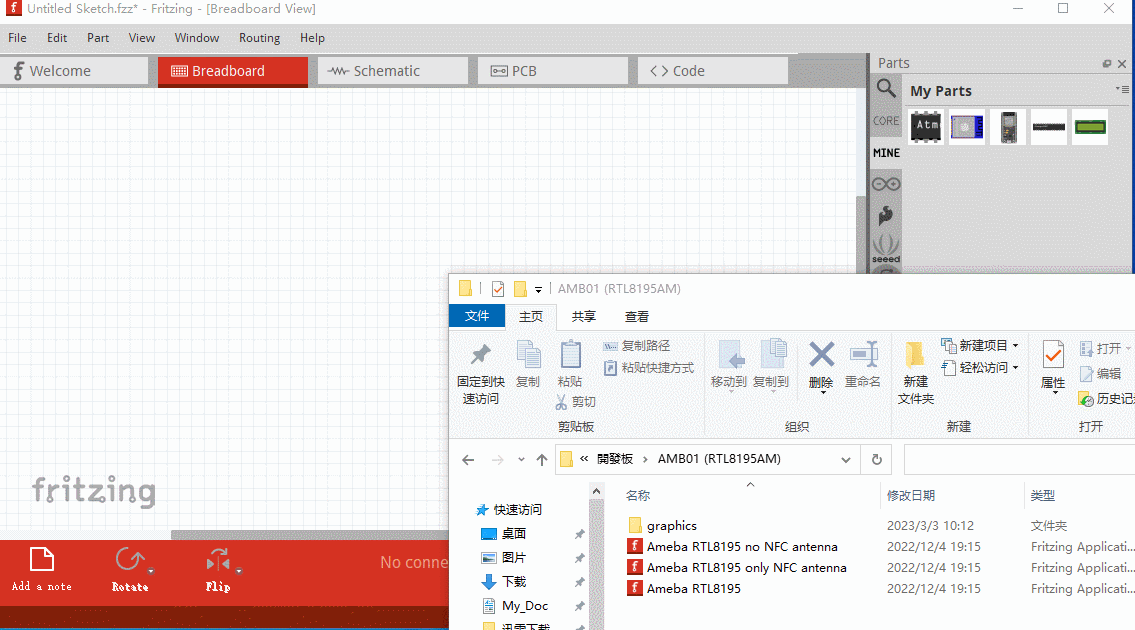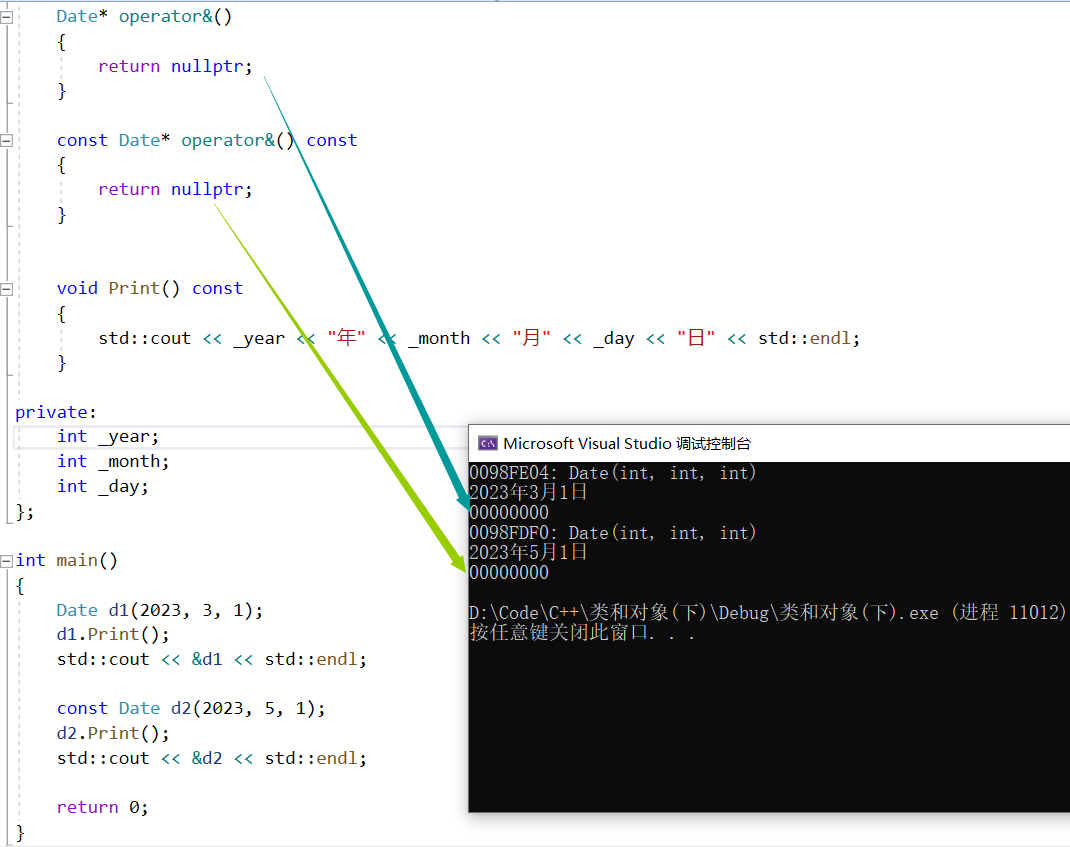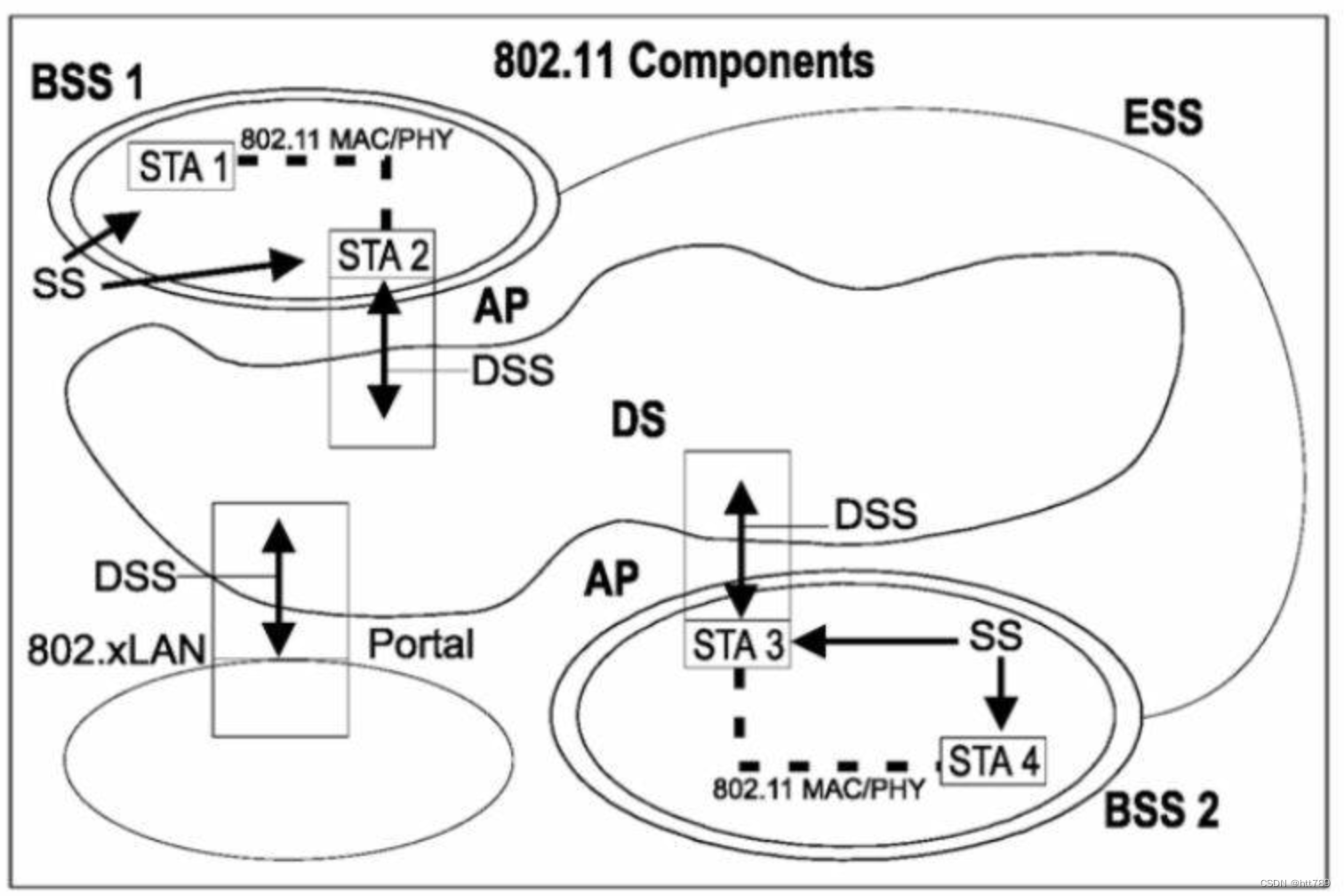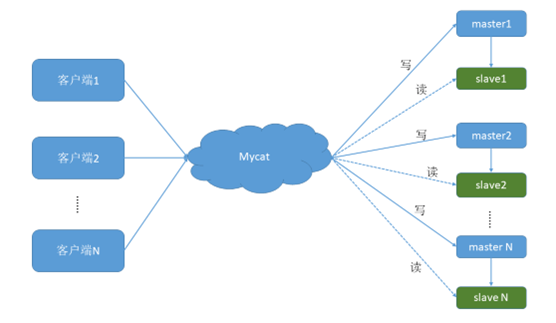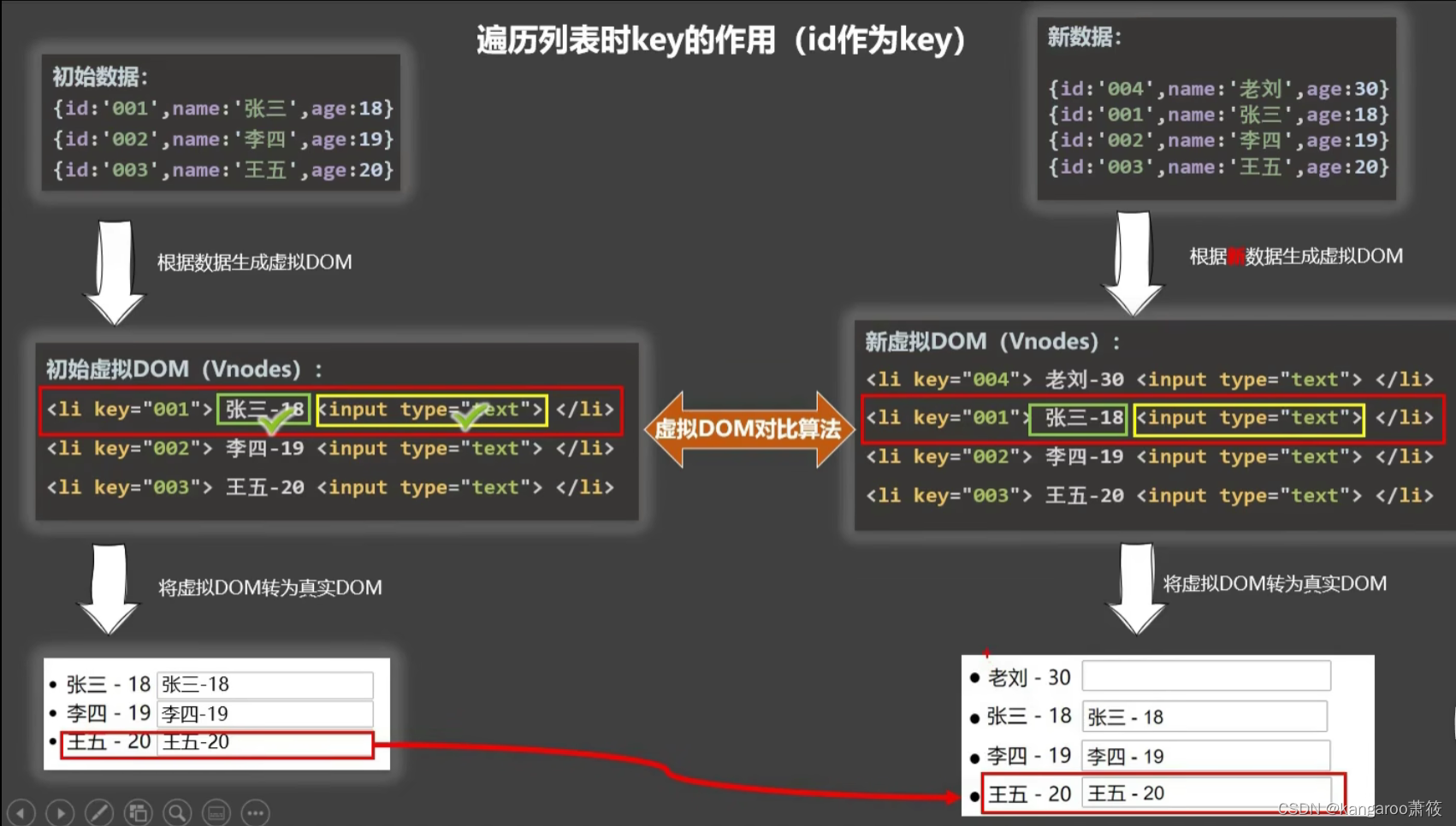目录
- 一. 🦁 LinkedList介绍
- 二. 🦁 结构以及对应方法分析
- 2.1 结构组成
- 2.1.1 节点类
- 2.1.2 成员变量
- 2.2 方法实现
- 2.2.1 添加add(E e)方法
- 2.2.2 头尾添加元素
- Ⅰ addFirst(E e)
- Ⅱ addLast(E e)
- 2.2.3 查找get(int index)方法
- 2.2.4 删除remove()方法
- 三. 🦁 总结
一. 🦁 LinkedList介绍
LinkedList 底层用双向链表实现的存储。特点:查询效率低,增删效率高,线程不安全。
双向链表也叫双链表,是链表的一种,它的每个数据节点中都有两个指针,分别指向前
一个节点和后一个节点。 所以,从双向链表中的任意一个节点开始,都可以很方便地找到所有节点。

今天来探索一下LinkedList的源码分析,以便更熟悉Java容器的结构,了解其是如何存储元素的。
探索环境:jdk 11 & idea 2020
二. 🦁 结构以及对应方法分析
2.1 结构组成
由源码可知,LinkedList 不仅继承了AbstractSequentialList,还实现了List,Deque等接口。所以LinkedList除了可以当做链表来操作外,它还可以当做栈、队列和双端队列来使用。

2.1.1 节点类
双向链表由节点类前后连接而成,所以源码中肯定存在该Node类。我们从源码中得知其节点类组成:
item:存储当前节点元素的信息
next:存储当前节点的下一个节点地址信息
prev:存储当前节点的前一个节点地址信息
private static class Node<E> {
E item;
Node<E> next;
Node<E> prev;
Node(Node<E> prev, E element, Node<E> next) {
this.item = element;
this.next = next;
this.prev = prev;
}
}
2.1.2 成员变量
这里记录了LinkedList的节点数(size),头节点地址(first),尾节点(last)。
transient int size = 0;
/**
* Pointer to first node.
*/
transient Node<E> first;
/**
* Pointer to last node.
*/
transient Node<E> last;
2.2 方法实现
2.2.1 添加add(E e)方法
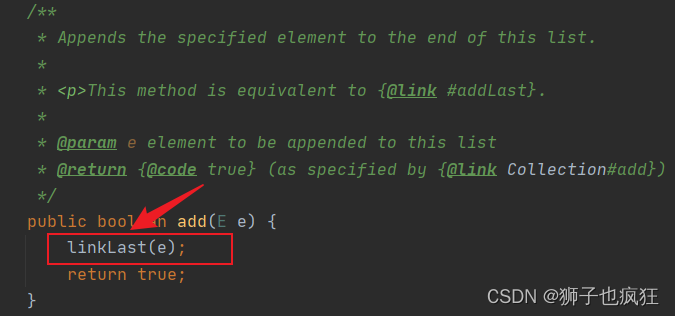
从这里可知,这个add() 方法调用了linkLast(e)方法,返回一个布尔值。现在我们来看看这个linkLast(e)方法:
/**
* Links e as last element.
*/
void linkLast(E e) {
final Node<E> l = last;
final Node<E> newNode = new Node<>(l, e, null);
last = newNode;
if (l == null)
first = newNode;
else
l.next = newNode;
size++;
modCount++;
}
从这个方法来看,add()方法的插入是尾插法,将last这个成员变量赋值给l(即l指向最当前节点),新new一个节点变量newNode<>(l,e,null),并且将其前驱节点指向l,如果 l == null,则第一个节点是newNode;否则直接在当前节点l指向新节点newNode。(modCount是指修改次数)。

2.2.2 头尾添加元素
Ⅰ addFirst(E e)
我们可以看到这里直接调用了linkFirst(E e)方法。

/**
* Links e as first element.
*/
private void linkFirst(E e) {
final Node<E> f = first;
final Node<E> newNode = new Node<>(null, e, f);
first = newNode;
if (f == null)
last = newNode;
else
f.prev = newNode;
size++;
modCount++;
}
这里是运用了头插法,将节点插入链表头部,依旧f和前面的l一样,指向当前节点(第一个节点);然后new 一个新的Node<>(null,e,f),将新节点的后继节点指向当前节点。当前节点不为null的情况下,将当前节点的前驱节点指向新节点,这样一次插入完成。

Ⅱ addLast(E e)
尾插法同前面的add(E e)。
2.2.3 查找get(int index)方法
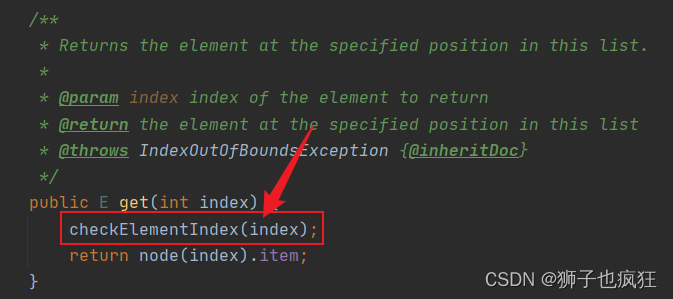
这里调用了两个方法,一个是 checkElementIndex(index),该方法是用来检查用户输入的下标是否存在,如果不合法的话则会抛出 **IndexOutOfBoundsException(outOfBoundsMsg(index))**异常,具体实现如图:


第二个方法是:
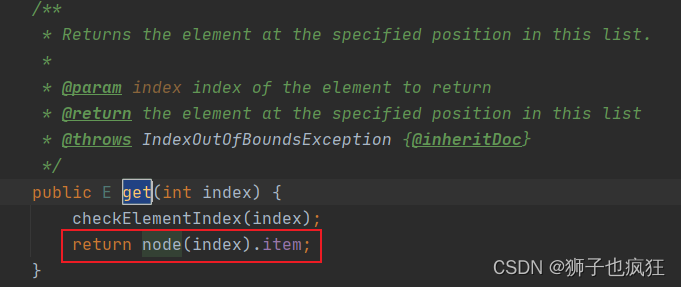
该方法很明显是用来返回获取对应下标元素的值,具体实现如下:
/**
* Returns the (non-null) Node at the specified element index.
*/
Node<E> node(int index) {
// assert isElementIndex(index);
if (index < (size >> 1)) {
Node<E> x = first;
for (int i = 0; i < index; i++)
x = x.next;
return x;
} else {
Node<E> x = last;
for (int i = size - 1; i > index; i--)
x = x.prev;
return x;
}
}
这个方法运用了一个技巧:如果index是小于一半LinkedList长度时,则从头节点开始遍历查找;相反如果index大于一半LinkedList长度时,则从尾节点开始查找,这也是双向链表的一个优点。
2.2.4 删除remove()方法
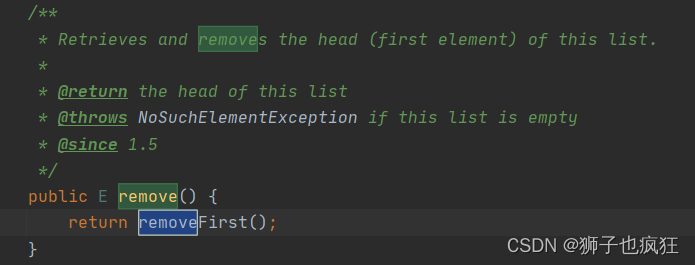
LinkedList的删除方法比较多,我们就来探索一个常用的remove(),由源码可知,这里调用了removeFirst()方法:
/**
* Removes and returns the first element from this list.
*
* @return the first element from this list
* @throws NoSuchElementException if this list is empty
*/
public E removeFirst() {
final Node<E> f = first;
if (f == null)
throw new NoSuchElementException();
return unlinkFirst(f);
}
这里定义了f——>头节点,如果头节点为空,说明f为空,则说该LinkedList没有任何元素,则返回一个NoSuchElementException()错误。否则调用了unlinkFirst(f)方法。
/**
* Unlinks non-null first node f.
*/
private E unlinkFirst(Node<E> f) {
// assert f == first && f != null;
final E element = f.item;
final Node<E> next = f.next;
f.item = null;
f.next = null; // help GC
first = next;
if (next == null)
last = null;
else
next.prev = null;
size--;
modCount++;
return element;
}
这里先定义了一个next节点指向头节点的下一个节点,然后赋值头节点的元素和next指针为null(这里主要是减少GC垃圾回收的工作量,提高效率),然后让头节点的指针指向next节点,这样next节点则成为新的一个头节点。就删除了头节点啦,size–,返回element。
三. 🦁 总结
今天介绍了LinkedList源码剥析。分析了常用方法的源码结构组成,LinkedList的源码组成比较简单,只要对双向链表这一数据结构熟悉的话,阅读起源码还是非常轻松的,希望您喜欢,一键三连哦!🐇 😄 🐇


